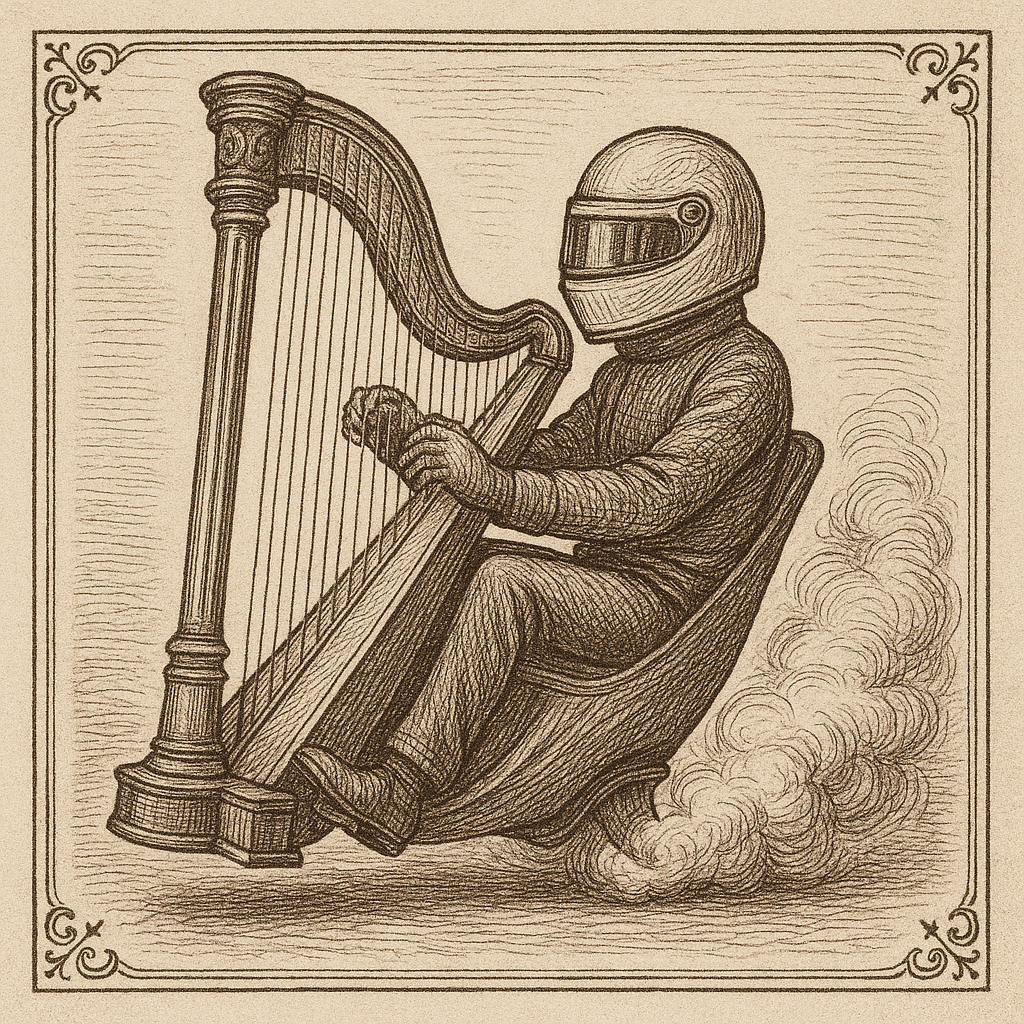Why Harp Pedals Look Like Stick Shifts
Look at the base of a concert harp and you might think you’ve stumbled upon the floor of a vintage sports car. Seven pedals, nestled in arched slots, beg to be kicked into gear. This resemblance is no accident. The harp’s pedals and a car’s stick shift are both elegant solutions to the same fundamental problem: how to navigate a complex system with a simple, repeatable action.
A musician, like a driver, needs to change state quickly. A pianist has it easy; all the notes, the sharps and flats, are laid out before them. But a harpist faces a conundrum. With 47 strings tuned to a single scale, how do you play the notes that aren’t there? You can’t possibly retune strings in the middle of a frantic cadenza.
The pedal system is the ingenious answer. It’s a brilliant piece of cognitive engineering that offloads a complex mental task to the feet. Each of the seven pedals corresponds to one of the seven notes of the scale: C, D, E, F, G, A, and B. By pushing a pedal down a notch, the harpist instantly sharpens every corresponding string on the instrument. The C pedal sharpens all the C’s; the F pedal sharpens all the F’s. Pulling it up flattens them.
This is precisely why they look and feel like a gearshift. The distinct notches—for flat, natural, and sharp—provide tactile feedback. The musician doesn’t have to look; they can feel when the instrument has shifted into a new key. Just as a driver changes gears to manage the engine’s power, the harpist shifts pedals to navigate the landscape of harmony. It’s a wonderfully intuitive interface, freeing the player’s hands and mind to do what they do best: make music.
